Intel Core i7-6700K Review: Inching Toward Extreme
Integrated GPU Benchmarks
For this test, an AMD A10-7850K APU is included for direct comparison on how far along the Intel integrated graphics has come. The i7-5775C with its powerful Iris Pro graphics takes the lead in floating point operation and memory benchmarks although the AMD A10-7850K is far ahead in only the 24-bit IOPS benchmark. The
Notable results here for the Intel Core i7-6700K, besting the A10-7850K’s performance in both UNIGINE Heaven Benchmarks.
Settings:
- Unigine Valley: 1920 x 1080, Low Quality, 0xAA
- Unigine Heaven: 1920 x 1080, Low Quality, Moderate Tessellation, 0xAA
For the Futuremark semi-synthetic benchmarks, let us ignore the Physics scores here a bit and just focus on the graphics score where the A10-7850K takes the lead in Firestrike while the i7-5775C takes the lead in Skydiver. 3DMark Skydiver is more for entry-level gaming PCs so the results reflect the playability of the platform compared to Firestrike which was designed for high-end gaming PCs which means the same settings are unplayable on any of the CPUs tested anyway. In Skydiver, it is interesting to see the i7-6700K lag behind so far in graphics score compared to even the AMD A10-7850K performance in the two previous UNIGINE benchmarks.
Using real-world benchmarks show the i7-6700K perform close to the A10-7850K in Metro Last Light and pulls quite a bit ahead of the i7-4770K IGP but framerates are well below the Iris Pro i7-5775C. Settings would have to be set much lower for playability.
Settings:
- Alien Isolation: 1920 x 1080, HIGH Quality, HIGH Particles, 16xAF, 0xAA
- Bioshock Infinite: 1920 x 1080, HIGH Preset
- Metro Last Light: 1920 x 1080, Low Preset, 4xAF, SSAO OFF
- Tomb Raider: 1920 x 1080, HIGH Preset
Discrete Graphics Benchmarks
Both low resolution/low settings and HD resolution/max settings are included for comparison. The traditional belief is that low resolution/low settings reveal “bottlenecks” in CPU performance but it is important to also show the HD resolution/max settings to actually show if this “bottleneck” is reflected on any real-world usage. As usual, synthetic, semi-synthetic and real games are used and the discrete graphics card used is a single Gigabyte GTX 960 Windforce 3X with NVIDIA GeForce driver version 353.62 WHQL.
Synthetic benchmarks favor the i7-6700K here, even without accounting for the Physics Score results (which are wholly CPU performance benchmarks) but it is a fraction in size and would be difficult to discern in a blind test.
There is a notable performance dip here with real world games and it even shows up on the HD/max settings set of benchmarks as well. Bioshock shows a considerably lower minimum framerate, although the actual average is within the margin of error. Metro Last Light shows similar result as well. Tomb Raider and Alien Isolation show lower numbers at low res/low settings but on HD/max settings benchmarks, it is indistinguishable from both Broadwell and Haswell processors. It is not the actual processor that might be the culprit here but latencies on the platform itself. This warrants further investigation and will be explored in a later article.
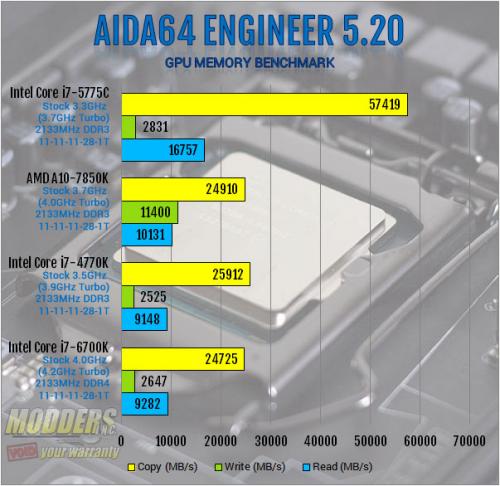
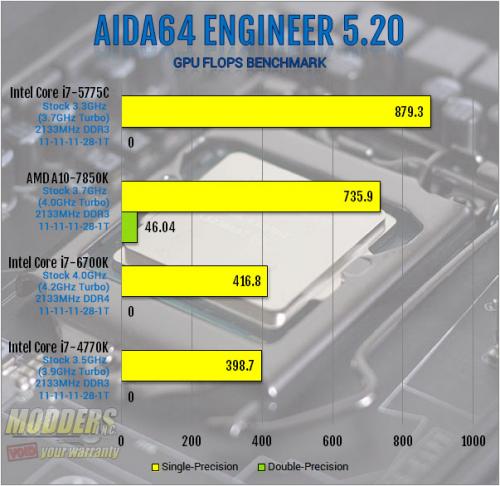
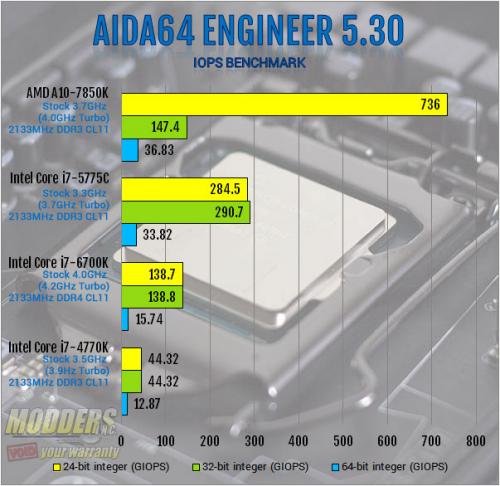
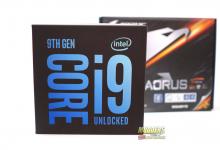
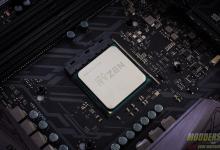
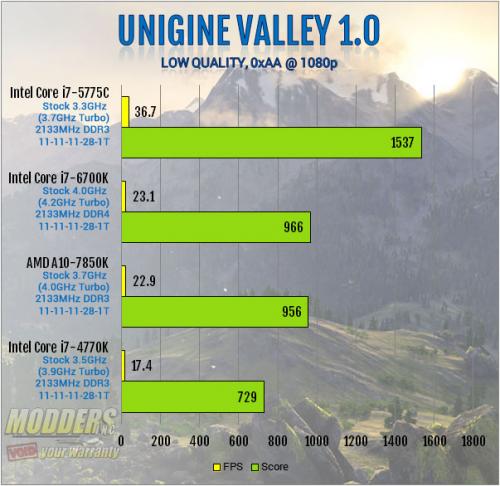
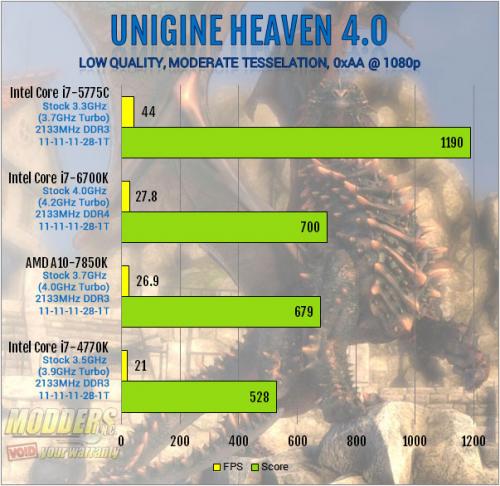
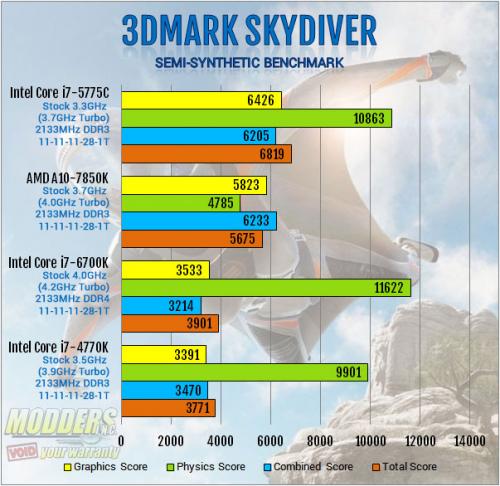
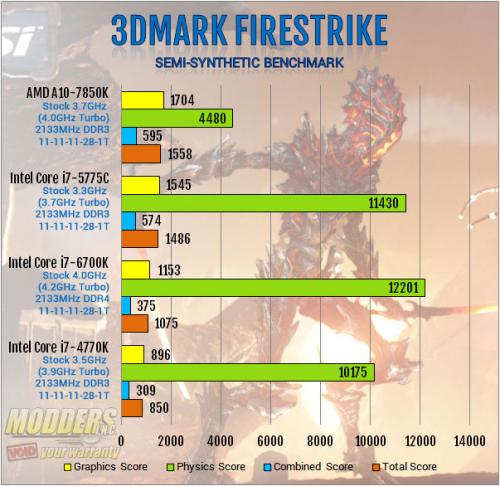
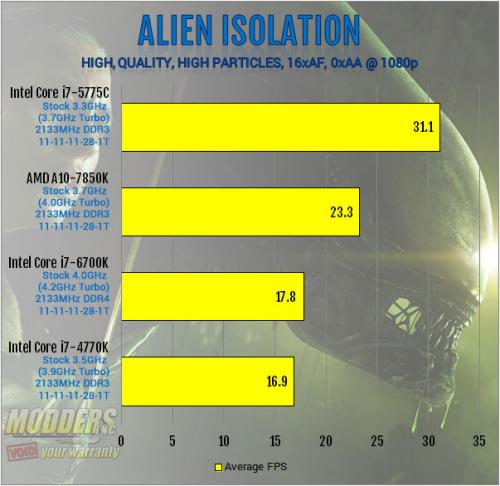
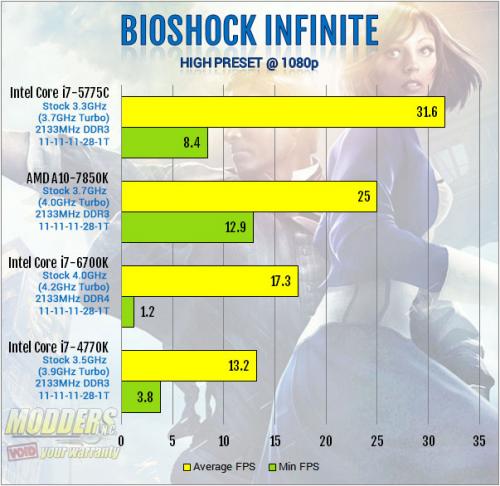
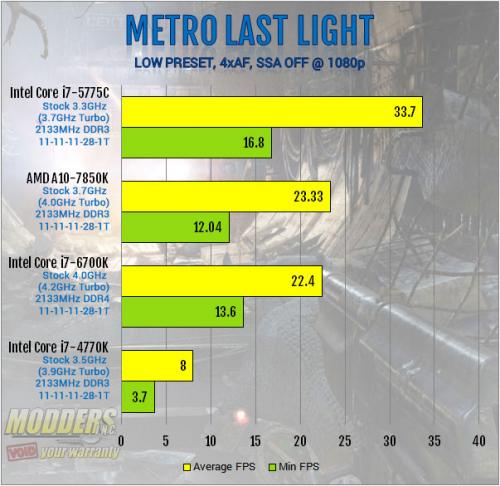
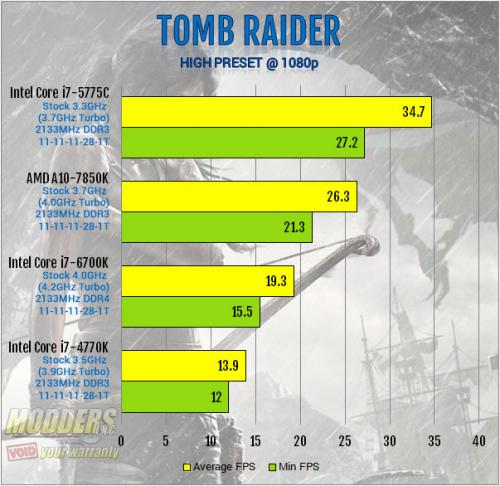
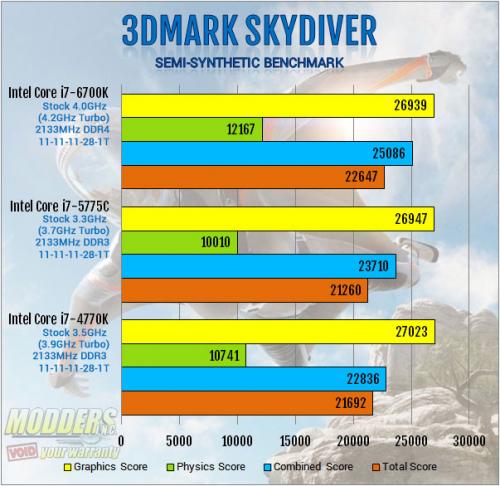
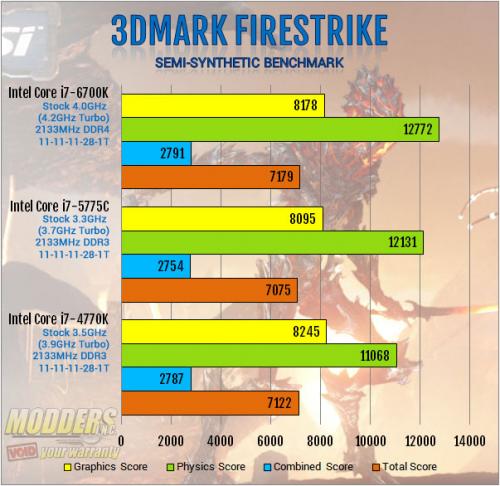
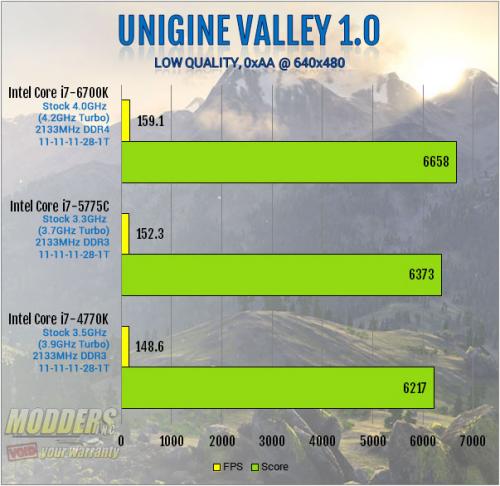
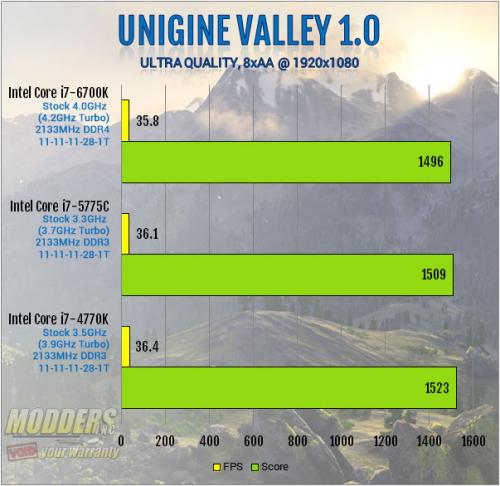
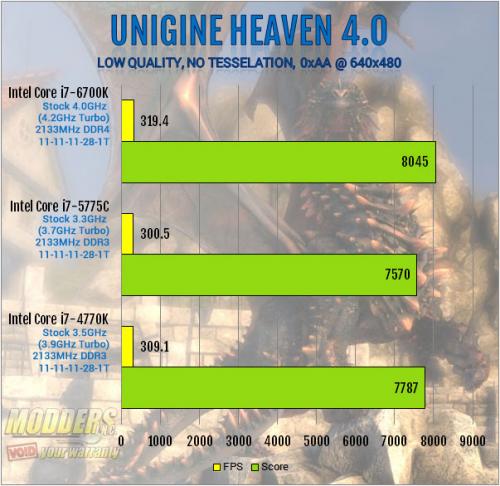
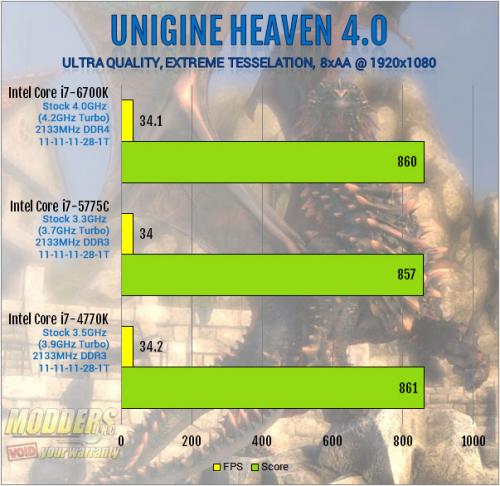
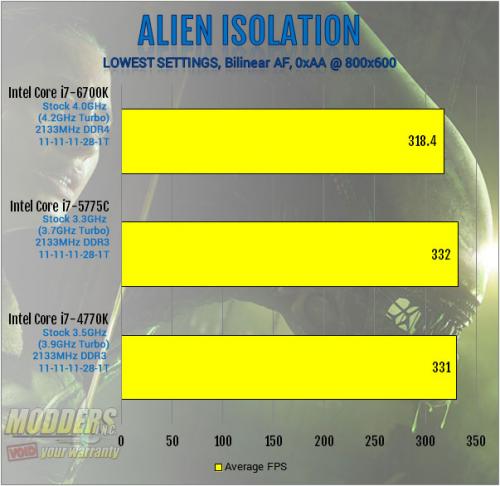
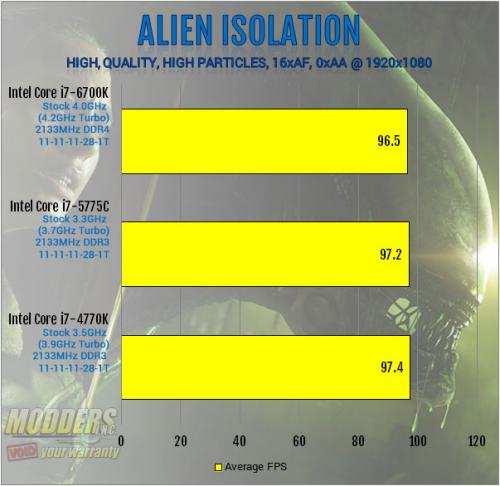
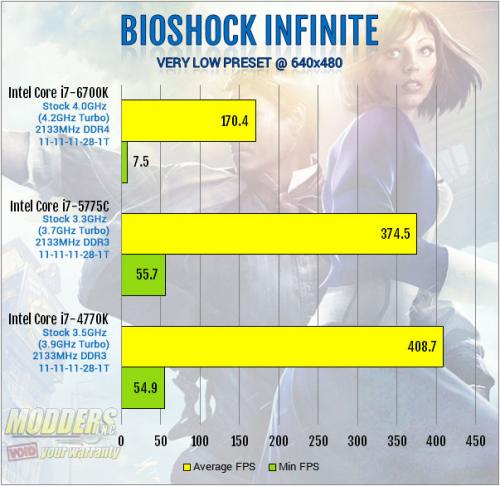
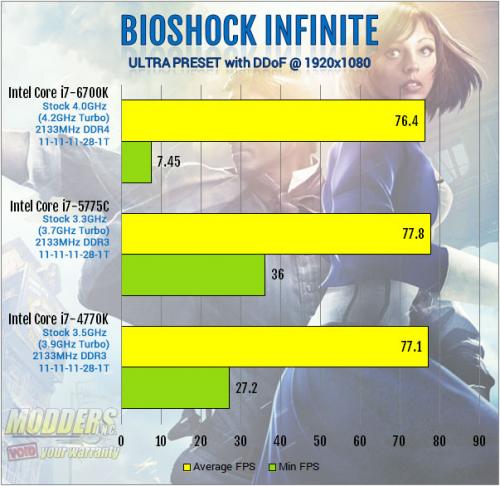
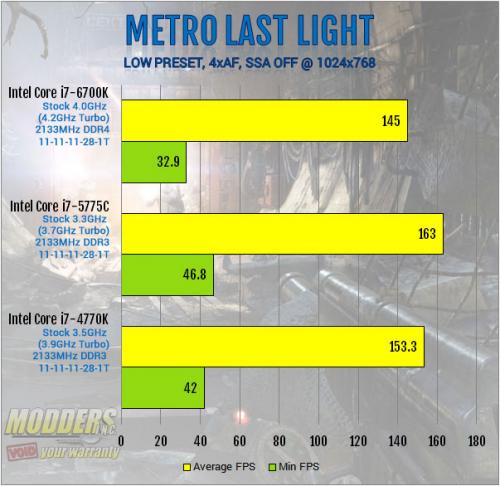
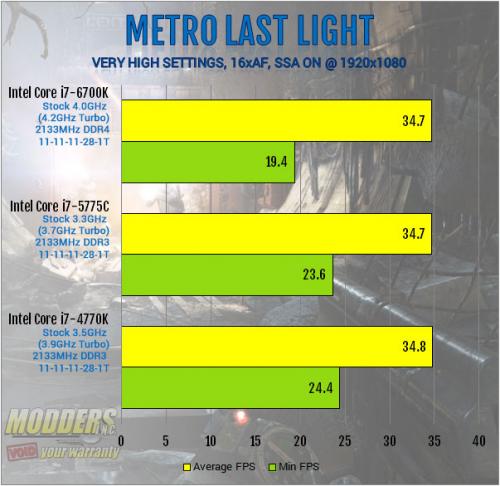
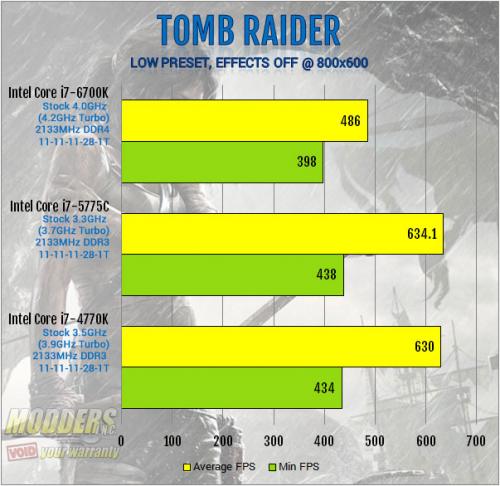
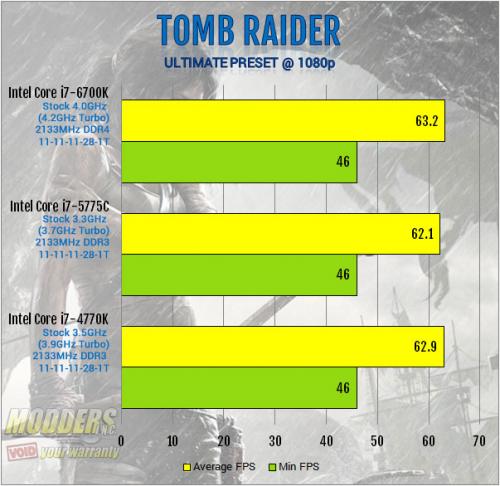
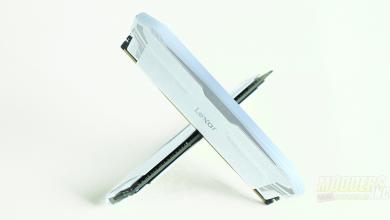
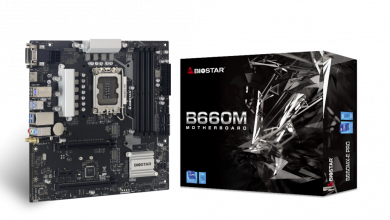
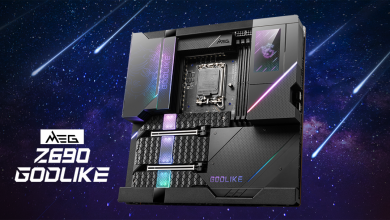
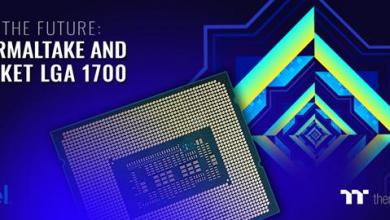
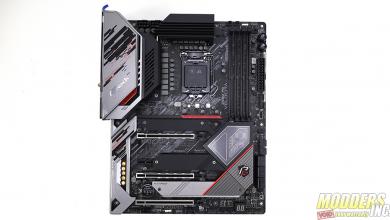
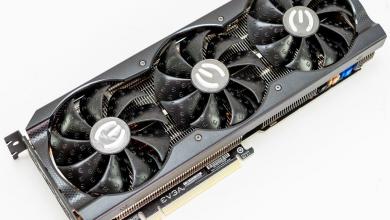

DDR3L refers to a set of specifications, most notably voltage, for DDR3 DIMMs including, but not limited to, SODIMMs. It’s not just for laptops, and it’s not just the small sticks.
Thank you very much. Information verified and article has now been updated.